Kharmian
Where they come from and where do they go?
The Akharmur empire, at the height of its splendor, extended to a large portion of the continent of Phaldorya before the conflagration. The people that used to occupy the southern portion of the empire has split in three ethnic groups: Kharmian, Saythian and Hintadu. These group have therefore common blood, but they have dispersed during the dark centuries(tooltip: the centuries that followed the conflagration) developing unique uses and habits. The kharmian claimed the south-western part of the continent and were the first population to found cities. Eventually, the expansionist foreign policy of the Dragon Empire led to a spread of the ethnic group into territories that until then did not belong to it. It is, therefore, easy to observe the persistence of a widespread sense of rivalry towards the Kharmians on the part of the ethnic groups that have been under their domination, especially Ahrmur. With the breakdown of the Empire though, they have returned to influence politically and culturally only the regions that were the cradle of their original development.
As supple and rigid as leather...
Kharmian society confuses outside observers, who consider it to be motionless, although this is not the case. In truth, it is made up of ordered and rather rigid classes, but individual skills and luck can change the fate of a low-born person and give them access to prestigious roles. Social redemption is all the more difficult the lower the class of birth, although this often reflects a lack of opportunities rather than social inertia. The social structure constitutes a pyramid, with the sovereign at the top, the nobility by birthright at the next steps, followed by the nobility of deeds, below these were the free citizens and finally the serfs. Serfdom, although sometimes not different in substance, is legally distinct from slavery, which in the eyes of a Kharmian appears as a vile and immoral thing. One can understand how important marriage can be for the Kharmians, especially those in high positions. Because, although few marriages unite individuals from different classes, it represents a formidable social lift. A good marriage sometimes indicates inclusion in prestigious circles and can consecrate a parvenu for good. Although there are differences according to one's religious affiliation, socially marriage is considered indissoluble and, even in the presence of a worn-out relationship, must be publicly respected. Homosexual unions, although not entirely unusual, are not celebrated by marriage, and indeed the latter is often used to silence rumours to that effect.
Kharmian faces and a few bit of Kharmian aesthetic
Although the different ethnicities of Western Phaldorya have had plenty time to mix, some details of physical appearance are still commonly considered "kharmian". Although the majority of kharmian population has white skin, they are generally darker or easily tanned if compared to Ahrmur and Fangorian. Heads are small and round with prominent cheekbones and relatively small foreheads, so that noble women strip some of their hair with wax to produce a wider forehead that is considered attractive to males. Hair are generally dark from brown to black, there are some bloodlines more typically blonde but even those are more an antique gold color rather than platinum. Eyes are, although a wide specter of colors can be found, more commonly of deep tones. In regards to hairstyle short and simple are preferred in males while, especially in high society, women favour elaborated ones; member of any gender can use rings, combs and decorated nets over their heads.
Traditional kharmian names
Within the low-born classes it is not unusual to find people named after the Tendays, therefore Cogadhel (female) and Cogadhin (male) would indicate someone born in the first of a tenday. Even more often, for people born in a faceless day (the four days of the year in which Danu's face is not visible at all) are named after those days Wenel/Wenin, Dawnel/Dawnin, Bloomel/Bloomin and Shielel/Shielin. This habit is not very common in the noble families that usually name their child according to same important ancestor.
Kharmian cooking in a bread basket
Kharmian gastronomic traditions are celebrated widely in Western Phaldorya, its foundations in the agro-pastoral tradition of small towns and villages. Every little hamlet has a special cheese, a typical roast or a savoury stew that goes along the great bakery school of the most important cities. The temperate weather supports a wide variety of grapes allowing the production of very good wines. A wide range of local spices creates the magical balance of Kharmian delicacies: there is more to a Kharmian meal than meets the eye.
Delicate lace and exotic fabrics

The interest in fashion among Kharmians is closely linked to their social status. The more prestigious a person is, the more he/she is expected to follow fashion and to wear elegant and expensive clothes. Kharmians appreciate delicate garments and fabrics, so a thriving import market through Saythian pours into their lands highly refined handicrafts such as lace as well as delicate and valuable fabrics from faraway destinations. The high nobility spares no expense in highlighting their status. The members of the city's middle class try as best they can to keep up, especially when they have political roles and are in constant contact with the nobility. Even among jewellery, for whom can afford them, the most elaborate objects are preferred. For example, drop earrings or fine filigree sets, if they are decorated with precious stones they should be small in size so as not to detract from the beauty of the gold. Among the low-mid class, finger or hair rings and bracelets of cheaper metals are in common use.
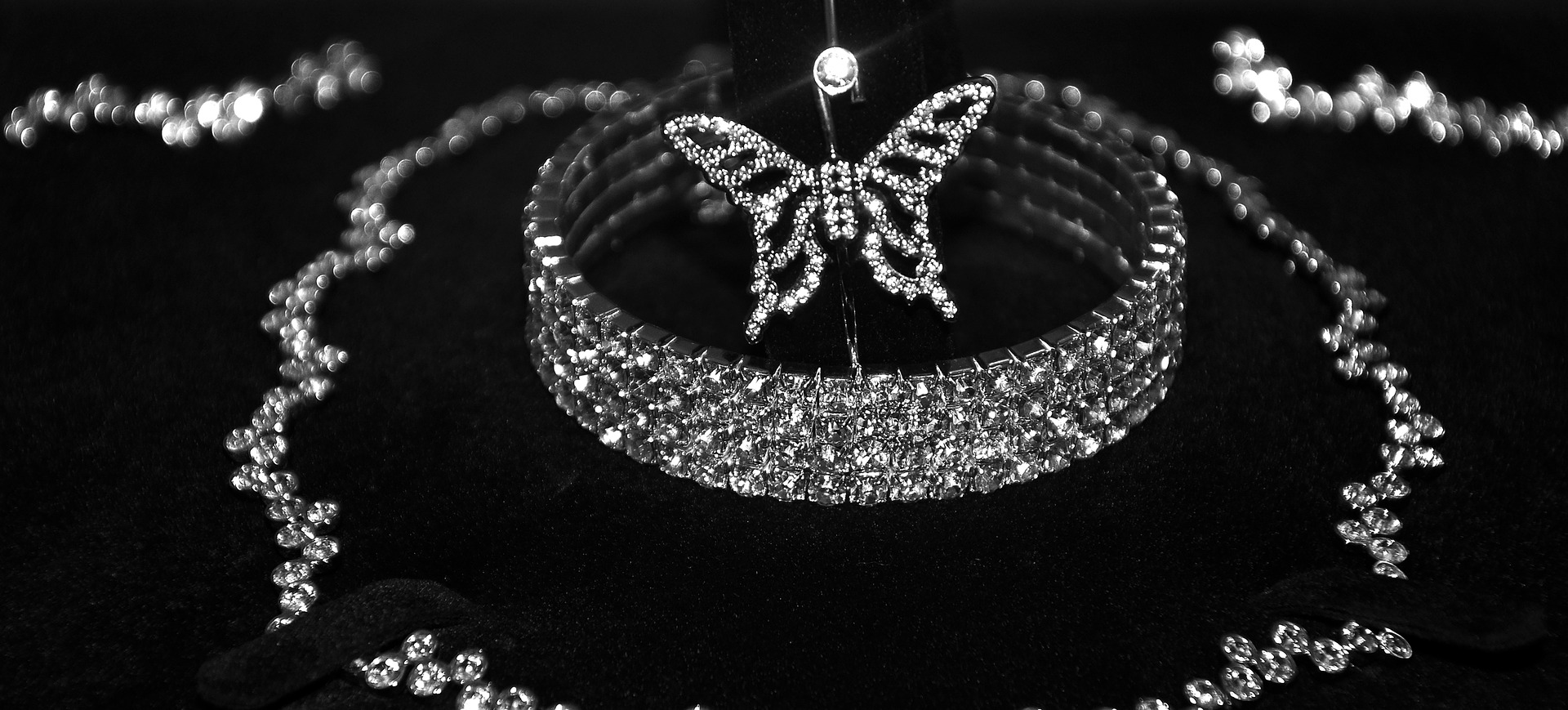
A hidden struggle between powers
Most Kharmians still distrust arcane magic today, while generally showing, at least publicly, a good disposition towards divine magic. In the small villages it is possible to come across practitioners of traditional or spontaneous magic, registered or not, even if they are persecuted by the Inquisition, sometimes they are well liked and protected by the local population. Arcane magic users instead, always do well to watch their backs from the people, the priests and the Inquisition, because sometimes they are used as a useful scapegoat in case of criminal events. This is less common in the cities as presence of important wizards has been more common through the recent centuries, often with a beneficial effect on economy and education, mitigating the fear caused by the Great War.
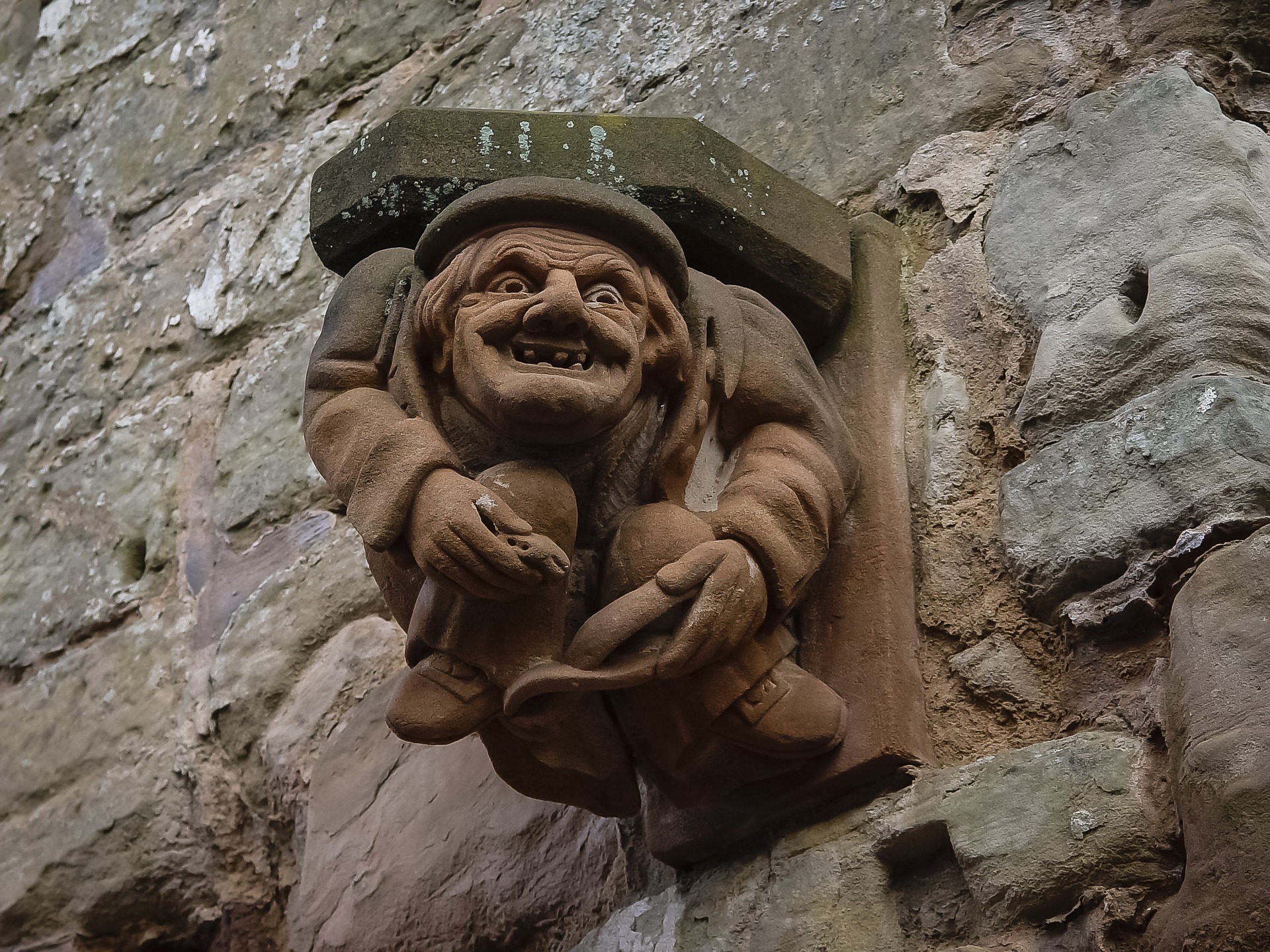
Spectacular builders and architects
Having expanded the boundaries of the territories they administered to almost the entirety of western Phaldorya, the Kharmians left an impressive legacy of buildings. In fact, although they tried their hand at various art forms, they excelled particularly in construction and sculpture. Often the sculptures have a protective function against spirits and goblins, in other cases they represent historical figures or legends. As for materials, they obtain marble from the quarries on the Kaln Agalzeni, while metals are mainly imported from the dwarven kingdoms or from the north.
The unbreakable team
Kharmians have been breeding horses since before the oldest of all elves can remember, so it is almost taken for granted that this animal plays a very important role in Kharmian society. The heavy cavalry is the main elite unit of the Dragon Kingdom's army, and although it is no longer as dominant as it once was, it still commands great respect. However, the horse is also at the centre of various sporting and recreational activities, in addition to speed and endurance riding, acrobatic activities for individuals or groups are also popular. However, the most popular sport among Kharmians is called Hausqueet: a game in which members of two teams of five people on horseback pass a leather ball to each other trying to pull it into a hanging basket. This sport requires great coordination between horse and rider, as well as speed of execution, since the rider can only hold the ball for five steps of the horse.

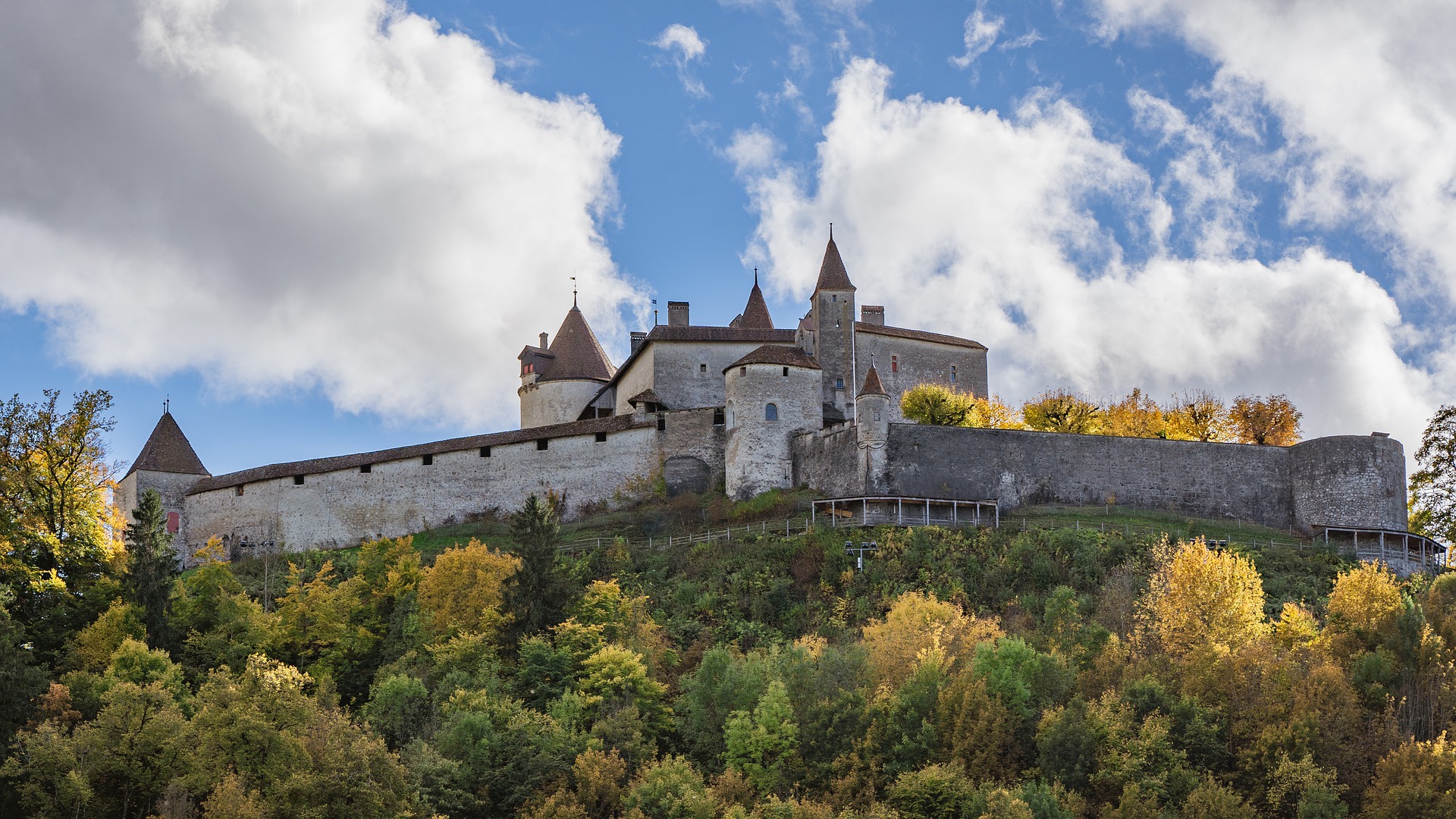
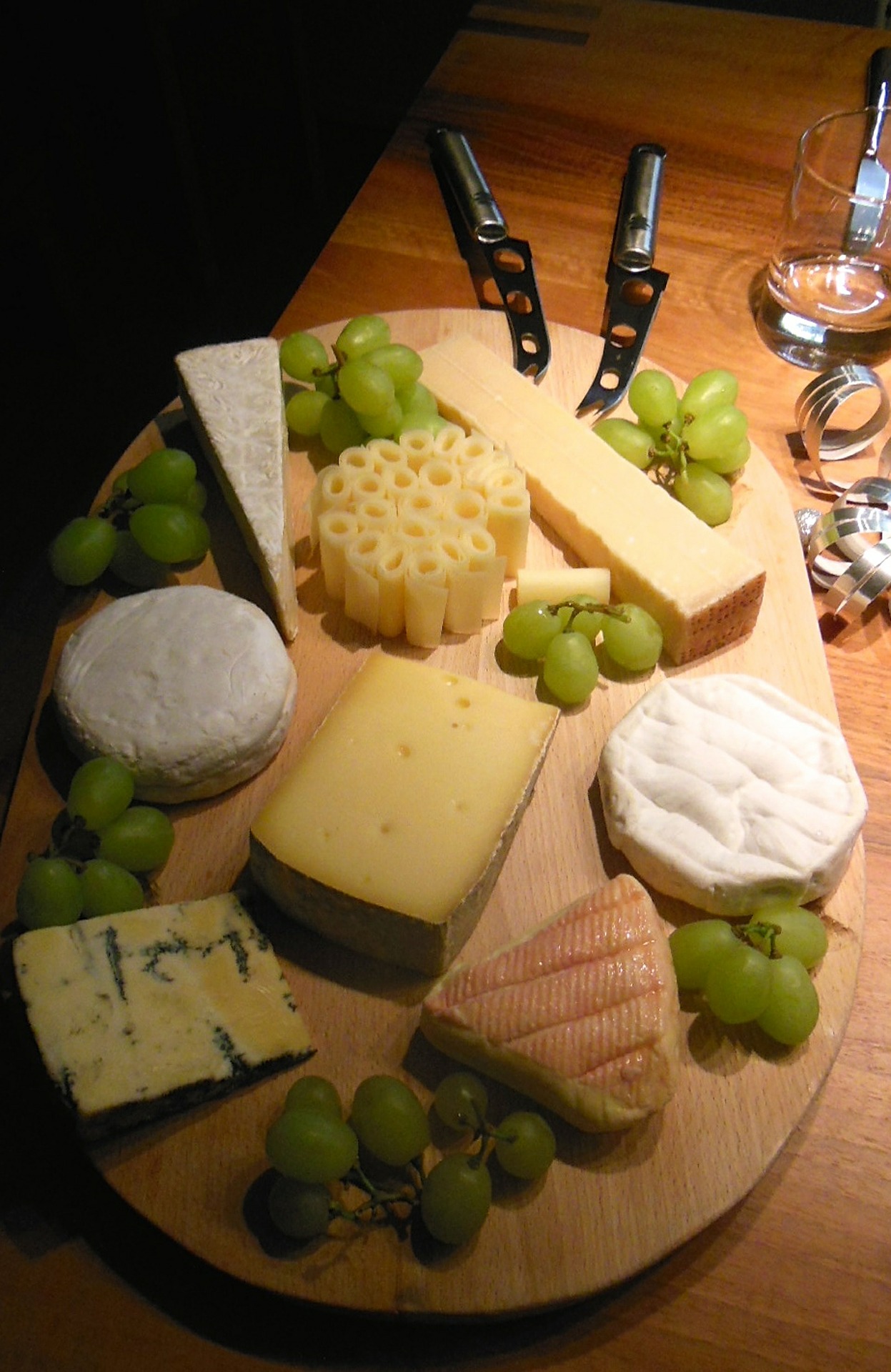
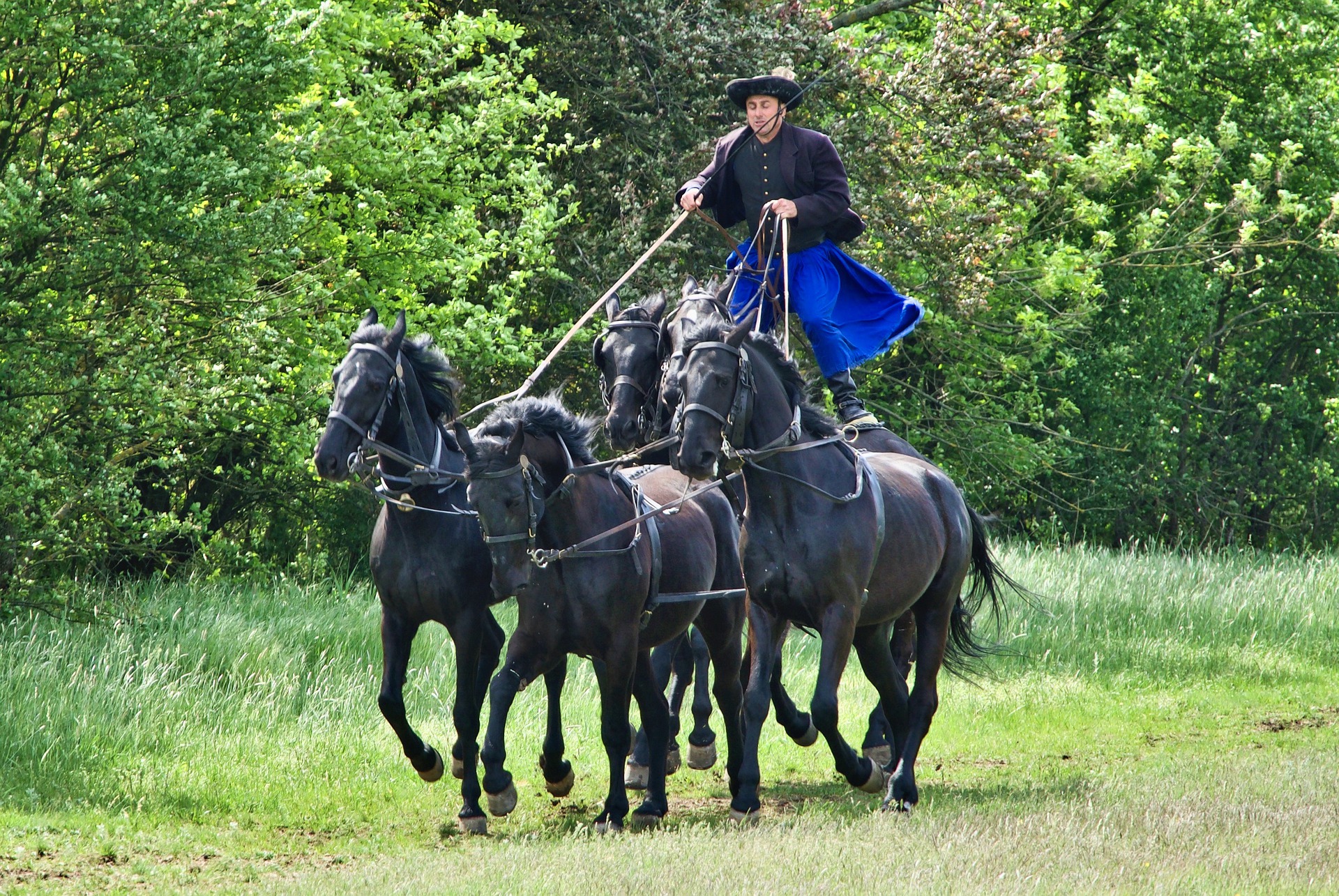


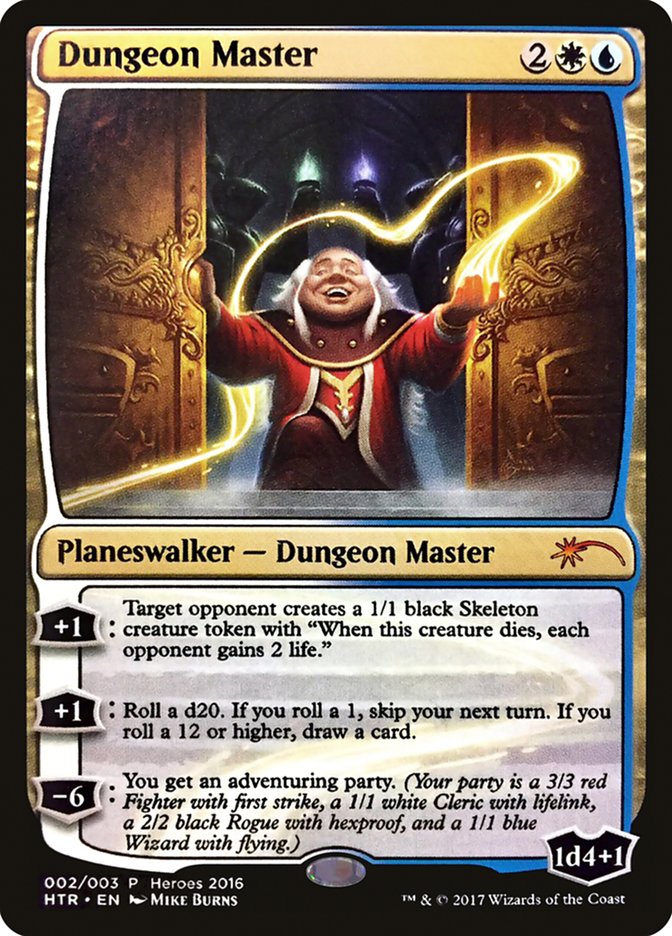


You've put so much effort and detail into this. Really interesting culture.
Thank you!